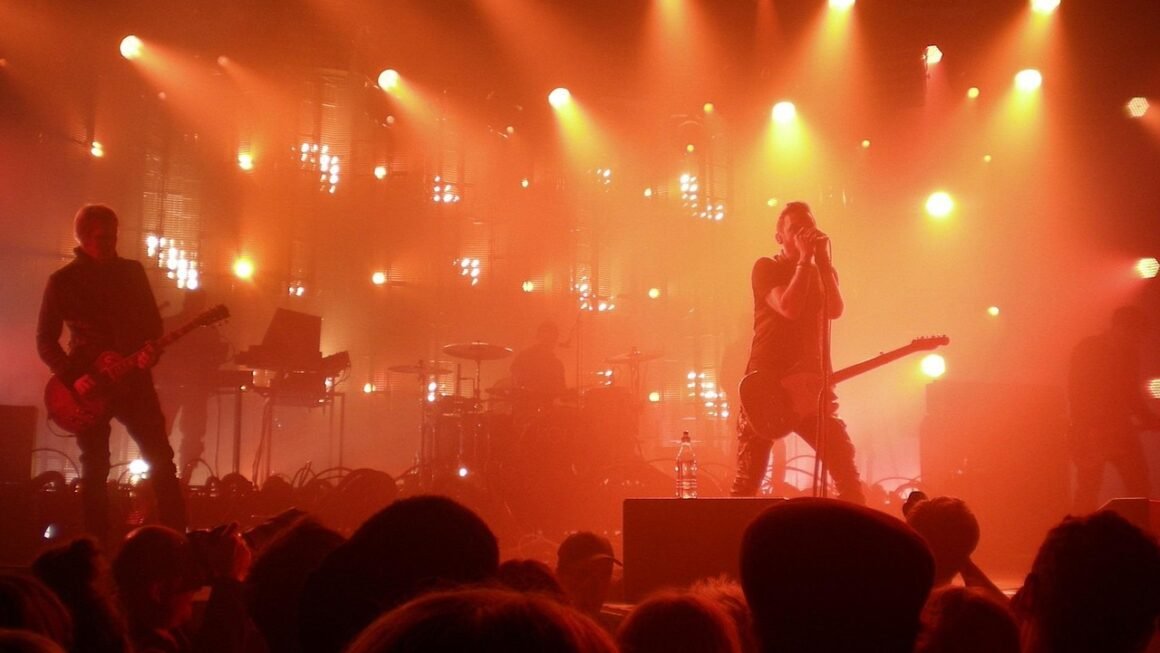Fandom. It’s a word that conjures images of painted faces, elaborate costumes, and passionate debates. But fandom is so much more than just a superficial obsession with pop culture. It’s a vibrant, dynamic, and often complex community built around shared love, creativity, and connection. This blog post delves into the multifaceted world of fandom, exploring its history, psychology, impact, and future.
What is Fandom? A Deep Dive into Fan Culture
Defining Fandom: Beyond Just Liking Something
At its core, fandom is about more than just enjoying a particular book, movie, TV show, game, or celebrity. It’s about actively engaging with that subject matter, connecting with others who share the same passion, and participating in a community. It involves:
- Shared Interest: A common object of affection, whether it’s Star Wars, Taylor Swift, or Dungeons & Dragons.
- Community: Connecting with other fans through online forums, conventions, fan clubs, or local meetups.
- Active Participation: Engaging in fan activities like writing fan fiction, creating fan art, cosplay, attending conventions, or contributing to online discussions.
- Emotional Investment: Fans often have a deep emotional connection to their chosen fandom, viewing it as more than just entertainment.
For example, a casual movie-goer might enjoy the Marvel Cinematic Universe, but a dedicated fan might spend hours discussing plot theories, collecting memorabilia, and attending Comic-Con dressed as their favorite character.
A Brief History of Fandom: From Sherlock Holmes to Superwholock
Fandom isn’t a new phenomenon. In fact, its roots can be traced back to the late 19th century, when fans of Sherlock Holmes wrote letters to Arthur Conan Doyle, begging him not to kill off the iconic detective. Other early examples include science fiction fandom in the 1930s and 40s, which organized conventions and published fanzines. The Star Trek fandom in the 1960s is considered a landmark case, as fans organized letter-writing campaigns to save the show from cancellation and played a pivotal role in its enduring legacy.
The internet era has revolutionized fandom, providing new avenues for connection and creation. Online forums, social media platforms, and dedicated fan sites have enabled fans from all over the world to connect, share their work, and build thriving communities. The rise of terms like “Superwholock” (a combination of Supernatural, Doctor Who, and Sherlock fandoms) demonstrates the increasingly interconnected nature of online fan culture.
The Psychology of Fandom: Why Do We Become Fans?
Belonging and Identity: Finding Your Tribe
One of the primary drivers of fandom participation is the need for belonging. Fandoms provide a sense of community and acceptance, particularly for individuals who may feel marginalized or isolated in other areas of their lives. Sharing a common passion with others creates a sense of camaraderie and shared identity.
- Social Connection: Fandoms offer opportunities to connect with like-minded individuals and forge meaningful relationships.
- Shared Values: Fans often share common values and beliefs that are reflected in their chosen fandom.
- Sense of Identity: Fandoms can provide a sense of identity and belonging, particularly for individuals who are still exploring their own identities.
For example, LGBTQ+ individuals often find community and representation within fandoms, where they can connect with others who share similar experiences and find characters and storylines that resonate with their own identities.
Creative Expression and Empowerment: Taking Control of the Narrative
Fandoms also offer opportunities for creative expression. Fan fiction, fan art, cosplay, and other fan works allow fans to actively engage with their favorite stories and characters, explore their own creativity, and contribute to the fandom’s collective knowledge. This act of creation can be empowering, allowing fans to take control of the narrative and express their own interpretations.
- Fan Fiction: Writing stories based on existing characters and universes.
- Fan Art: Creating visual art inspired by the fandom.
- Cosplay: Dressing up as characters from the fandom.
- Music Videos: Creating music videos using clips from the source material.
Consider the example of Harry Potter fan fiction. Authors explore alternate scenarios, develop character backstories, or even write sequels and spin-offs, contributing to the richness and diversity of the Harry Potter universe.
The Impact of Fandom: Positive and Negative Aspects
Positive Impacts: Community, Charity, and Cultural Influence
Fandoms can have a significant positive impact on individuals and society. They foster community, encourage creativity, and often inspire charitable giving. For example, many fandoms organize charity drives and fundraisers to support causes that are important to their members.
- Charity and Philanthropy: Fandoms often organize charity events and fundraisers to support various causes.
- Cultural Preservation: Fandoms can help preserve and promote cultural works, ensuring that they remain relevant and accessible to future generations.
- Social Activism: Fandoms can be a powerful force for social activism, using their collective voice to advocate for change.
One notable example is the Supernatural fandom, which has raised millions of dollars for various charities through campaigns like Random Acts.
Negative Impacts: Toxicity, Gatekeeping, and Cyberbullying
Unfortunately, fandoms can also have negative aspects. Toxicity, gatekeeping, and cyberbullying are common issues within online communities. Gatekeeping occurs when fans try to exclude others from the fandom based on perceived lack of knowledge or dedication. Toxicity can manifest as harassment, online arguments, and negative comments.
- Toxicity: Negative behavior, harassment, and online arguments.
- Gatekeeping: Excluding others from the fandom based on perceived lack of knowledge or dedication.
- Cyberbullying: Online harassment and intimidation.
It’s crucial for fandom communities to actively combat these negative behaviors and create a safe and inclusive environment for all members. Moderation, community guidelines, and bystander intervention are essential tools for addressing toxicity and promoting positive interactions.
The Future of Fandom: Emerging Trends and Technologies
The Rise of Niche Fandoms: Finding Your Specific Passion
With the proliferation of content and online platforms, niche fandoms are becoming increasingly popular. These smaller, more specialized communities allow fans to connect with others who share their specific interests, whether it’s a particular subgenre of music, a lesser-known author, or a unique hobby.
- Example: A fandom dedicated to a specific indie video game.
- Example: A community built around a particular type of historical fashion.
Niche fandoms often offer a more intimate and supportive environment than larger, more mainstream fandoms.
The Impact of New Technologies: VR, AR, and the Metaverse
Emerging technologies like virtual reality (VR), augmented reality (AR), and the metaverse are poised to transform the future of fandom. These technologies offer new ways for fans to connect with their favorite stories and characters, and to interact with each other in immersive and engaging environments.
- Virtual Conventions: Attending conventions from the comfort of your home, interacting with other fans in a virtual space.
- AR Experiences: Using augmented reality to bring characters and stories to life in the real world.
- Interactive Storytelling: Participating in interactive narratives where fans can influence the outcome of the story.
For example, imagine attending a Star Wars convention in VR, exploring a virtual version of the Millennium Falcon and interacting with other fans in a realistic and immersive environment. The possibilities are endless.
Conclusion
Fandom is a powerful and multifaceted phenomenon that plays a significant role in contemporary culture. It offers opportunities for community, creative expression, and personal growth. While fandoms can have negative aspects, the positive impacts far outweigh the drawbacks when communities are built on respect, inclusivity, and a shared love for the subject matter. As technology continues to evolve, the future of fandom promises to be even more exciting and immersive, offering new ways for fans to connect, create, and celebrate the things they love. Embrace your passions, find your tribe, and participate in the vibrant world of fandom – just remember to always be respectful and kind to your fellow fans.



